Python
13 Aug 2023
Python Copy File Guide: 8 Ways To Copy a File in Python
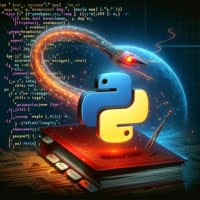
Ever wondered about the secret powers of Python’s built-in modules? Buckle up! We’re about to dive into the fascinating world of copying files in Python. Python, with its powerful and versatile nature, is packed with a rich library of modules that simplify our coding lives. Among these, the os, subprocess, and shutil modules shine, providing
13 Aug 2023
Python Delete File | How To Remove File or Folder in Python
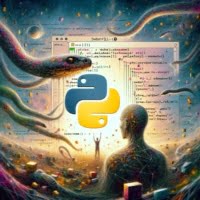
Ever felt overwhelmed by a clutter of files and directories in your Python project, unsure of how to efficiently delete them? You’re not alone. Managing files and directories is a routine task in Python, which can often seem intimidating. But there’s good news! Python comes loaded with a rich library of pre-built modules, such as
13 Aug 2023
Using Deque in Python | Python Queues and Stacks Guide
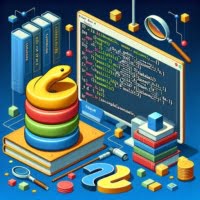
Are you familiar with the concept of queues and stacks in data handling? If so, you’ve likely used lists in Python to manage these structures. Lists are simple, intuitive, and highly flexible, making them the go-to choice for many programmers. However, there are situations where lists may not be the most efficient tool for the
13 Aug 2023
Does Python Null Exist? A ‘None’ Python Keyword How-To
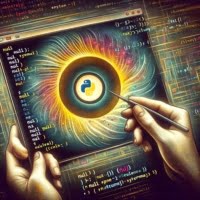
Navigating the world of programming languages, you may have found yourself puzzled by the concept of ‘null’ values. This puzzle becomes even more intriguing when you step into the realm of Python and encounter its unique ‘None’ concept. If you’ve ever questioned the role of ‘None’ in Python, you’re in good company. Python stands apart
07 Aug 2023
Python If Not | How To Use Advanced Python Conditionals
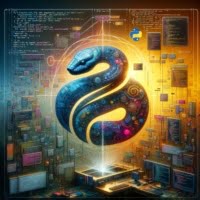
Python programming has revolutionized the tech landscape with its simplicity, versatility, and power, making it a go-to language for beginners and seasoned professionals alike. Used in diverse fields from web development to data science, Python’s appeal lies in its straightforward syntax and logical constructs. A key part of these constructs is the ‘if not’ statement,
01 Aug 2023
Mutable vs Immutable in Python | Object data types explained
Step into the captivating sphere of Python programming where we’re about to dissect one of its fundamental concepts: mutability and immutability. Python, a dynamically-typed language, provides a distinctive interpretation of these concepts. They aren’t mere theoretical constructs; they’re practical instruments that can dramatically influence the efficiency and reliability of your code. Grasping the distinction between
14 Jul 2023
Python Range() Function Guide | Examples, syntax, and advanced uses

Python’s built-in functions are a powerful aspect of the language, and today, we’re going to explore one of the most versatile among them – the range() function. This function is like a diligent worker, generating a sequence of numbers within a specified range with ease. The range() function is an essential tool whether you’re looping
14 Jul 2023
Python Dictionary Guide | Examples, Syntax, and Usage

Are Python dictionaries making your head spin? Do you find yourself wondering how they stack up against lists, or how to put them to work in your code? If you’re nodding in agreement, you’ve landed at the right spot! Python dictionaries, much like lists, are mutable and dynamic data structures that can nest to accommodate
13 Jul 2023
Learn Python Functions | Python “def” examples and usage

Imagine you’re constructing a building. You wouldn’t start by creating each brick from scratch, would you? Instead, you’d use pre-made bricks, each one identical and perfectly shaped for its purpose. This makes the building process much more efficient and the final structure more robust. This is the essence of Python functions. Python functions are the
13 Jul 2023
else if Python | How to use Python Conditional Statements

Ever wondered how Python programs make decisions, choosing between different paths of execution like a GPS navigating through various routes? The secret lies in Python’s decision-making statements. These statements are like the brain of your Python code, making decisions based on different conditions, similar to how we decide what to wear based on the weather.